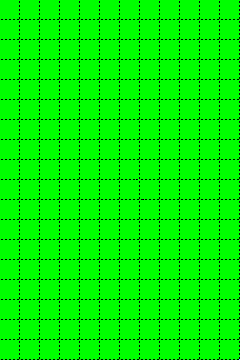|
|
|
|
Modeling the Impact of Airborne Contamination
on Forest Ecosystems in Region

Three groups of models of atmospheric contamination action on forest ecosystem were developed. The first two are forest ecosystem degradation models under impact of air contamination of metallurgical plant in region. The basic emissions of such plant are sulfur dioxide gas and heavy metals. The action of emissions is distributed up to the distance of 30-60 km and results in significant ecosystem degradation down to practically utter annihilation of vegetation and destruction of soil near the plant. The first group of models is based on the data of V.V. Kryuchkov. He assembled the unique long-term data on dynamics of a vegetative cover and animals in forests of the Kolsky peninsula subjected to industrial complexes actions. Also he developed the technique of degradation zones allocation. The second group of models is based on measurements which were carried out by A.M. Stepanov and T.V. Chernenkova in various regions of Russia. They developed the unified method of plant communities and animals parameters measurement under pollution stress and gave technique for a quantitative estimation of biological damage. Biological damage they estimate on the basis of an integrated index of safety. The third group of models simulates action of acid rains on forest ecosystems. These contaminations fall out over distances of hundreds kilometers from sources and make damage of vegetation, however not us strong as from contaminations of metallurgical plants. A MODEL OF ATMOSPHERIC CONTAMINATION IMPACT ON FOREST ECOSYSTEM (Tarko A.M., Bykadorov A.V., and Kryuchkov V.V., 1995) is presented here. This model is based on the long-term measurements of V.V. Kryuchkov. The model is developed for fur-tree forests in a region of Northern taiga around the city of Monchegorsk, which is subjected to powerful contamination impacts from Severonikel plant. Now the taiga in this region is more or less destroyed. We use (in accordance to V.V. Kryuchkov approach) the following stage of forest destruction: 1 - initial stage of destruction, 2 - moderate destruction, 3 - strong destruction, 4 - total destruction. In the model we consider dynamics of a fur-tree growth. Model variables are weight of needles and trees, each one having an age structure. The spatial distribution of trees is taken into account. All contaminations are incorporated in one indicator. Sulfur dioxide gas is chosen as the indicator of contamination. Summer rose of winds on eight directions is used. Spatial distribution of trees is based on the non-uniform grid on eight directions with fifteen cells in each direction. The grid step was condensed as approaching to a source of contamination and was from 10 to 1 km depending on distance from a source. Maximal distance from the most removed cell up to a source is equal 60 km. In each cell of a grid the concentration of pollutant was calculated with the help of model of transfer. It was supposed that in each cell of a grid there are trees of various age groups, the competition between trees is absent. In the model the action of contamination begins in 1949. As a criterion of splitting on degradation zones there was the fixed value of a fur-tree weight of age with greatest weight in available age groups. Birth and dynamics of zones of degradation were reconstructed in modeling (animated map). The forecasts of degradation zones shifting were received at the various scenarios of plant activity. So, at preservation the emissions at a level of 1989 the further trees destruction goes rather intensively. In case of the termination the plant activity the expansion of degradation zones will occur for some more years, and only after that the slow renewal will begin. |
Copyright c A.M. Tarko, 1999, 2000, 2009